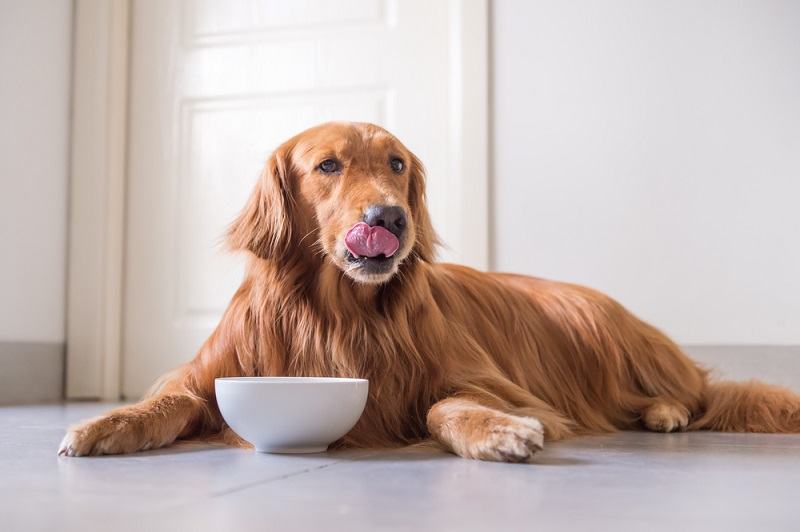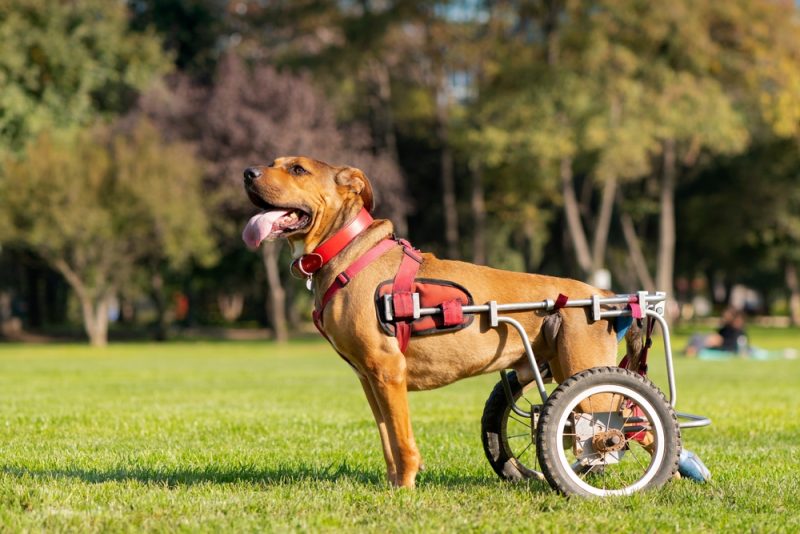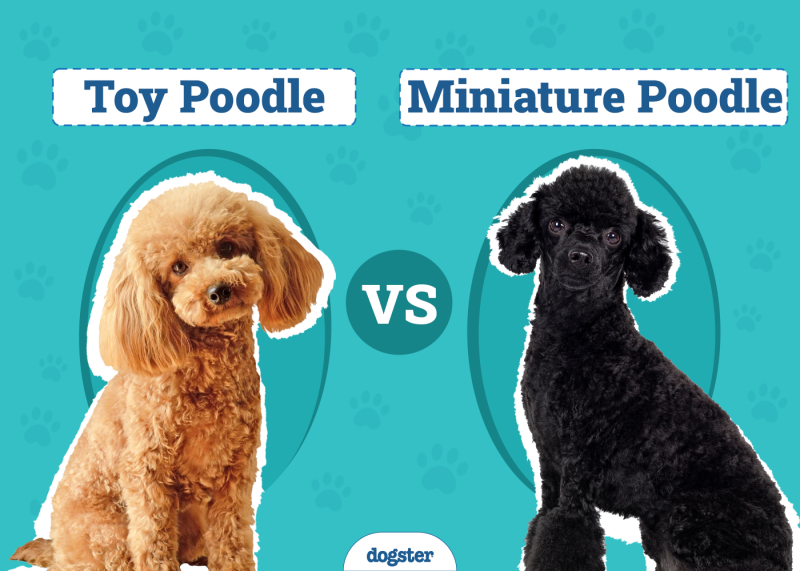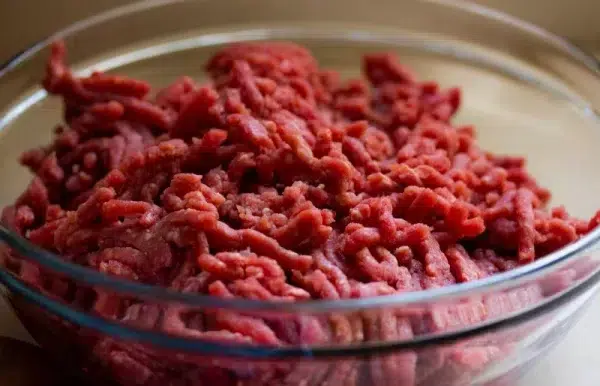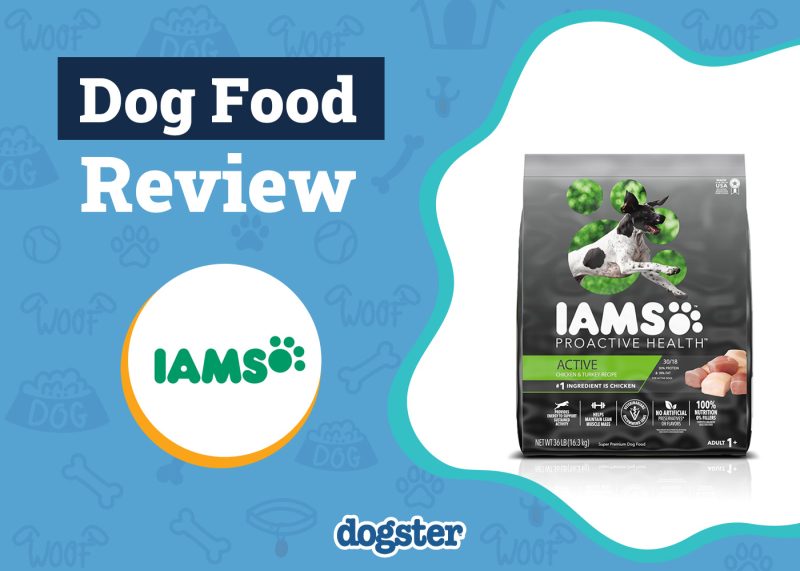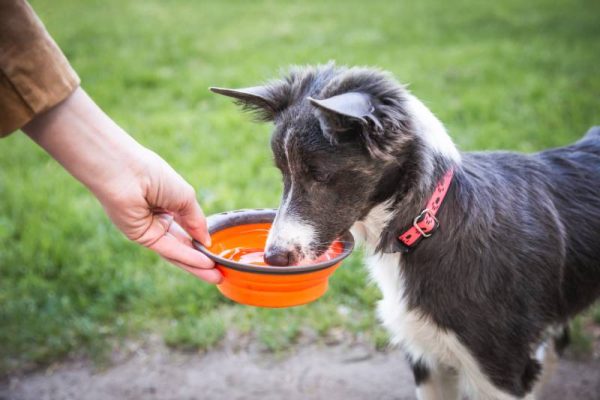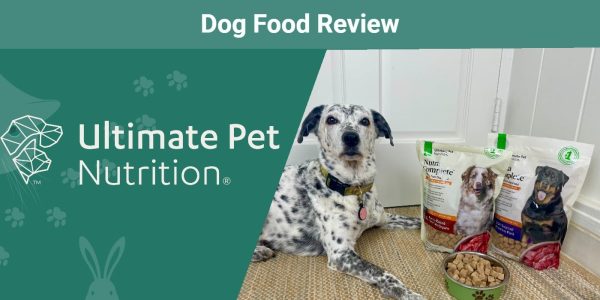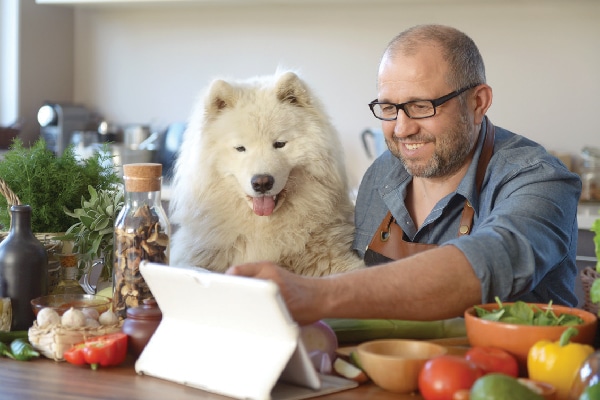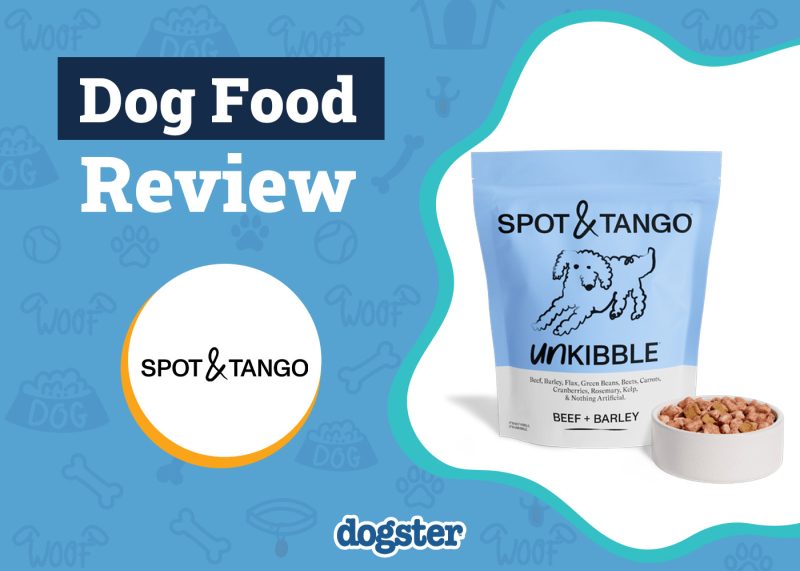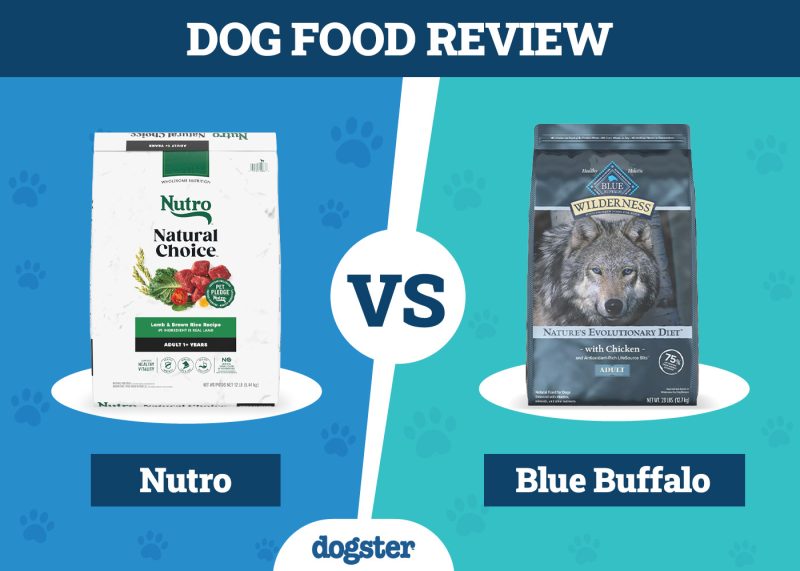Feeding a dog with pancreatitis (inflammation of the pancreas) can be difficult, especially when it comes to finding the right diet for them during recovery and long-term feeding. Both acute and chronic pancreatitis both require changes to your dog’s diet to help with recovery and long-term management.
If you are wondering what a healthy diet means for a dog who has a history of pancreatitis, then this article will give you all the tips and tricks you need to know!
How to Feed Dogs With Pancreatitis: 6 Tips & Tricks
1. Feed a Low-Fat Diet
Veterinarians and canine nutritionists attribute many cases of canine pancreatitis to high-fat diets. A dog suffering from pancreatitis should be fed a low-fat diet. The diet should consist of foods that are easy to digest with a decent protein percentage and that contain a variety of high-quality ingredients.
Since many commercial dog foods are high in fat, it’s important to seek out those specifically formulated to be low-fat or even prescription diets that can be safely fed to dogs that have had pancreatitis. Alternatively, with professional guidance to help ensure it’s nutritionally balanced, you could even start making homemade dog food. This can include feeding a dog skinless chicken breast, turkey, venison, goat, and/or egg whites. When it comes to choosing a food for dogs with pancreatitis, select a food that is not high in carbohydrates or fat but rather, proteins that are easy to digest.
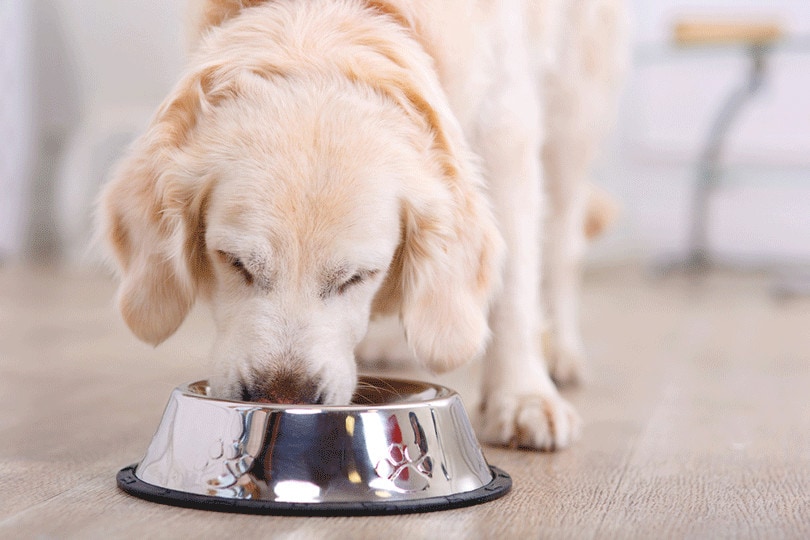
2. Add Supplements to Their Diet
Probiotics, antioxidants, omega-3 fatty acids, and digestive enzymes can be helpful additions to your dog’s food. If you are looking for good commercial food to feed a dog with pancreatitis, make sure these supplements are included in the recipe. This can help provide your dog with extra nutrients to help their body function with this condition. Supplements are also beneficial for your dog’s gut and digestive health.
3. Avoid Feeding Trigger Foods
Fatty foods can be a major trigger to dogs suffering from pancreatitis, so making sure they are fed a low-fat diet and do not get any fatty foods, such as table scraps, is important. Chicken and turkey skin along with egg yolks, fatty pieces of meats, oily foods, and foods that are difficult to digest can worsen your dog’s pancreatitis or delay their recovery process. This will cause your dog to feel nausea and even vomit if their diet is not controlled.
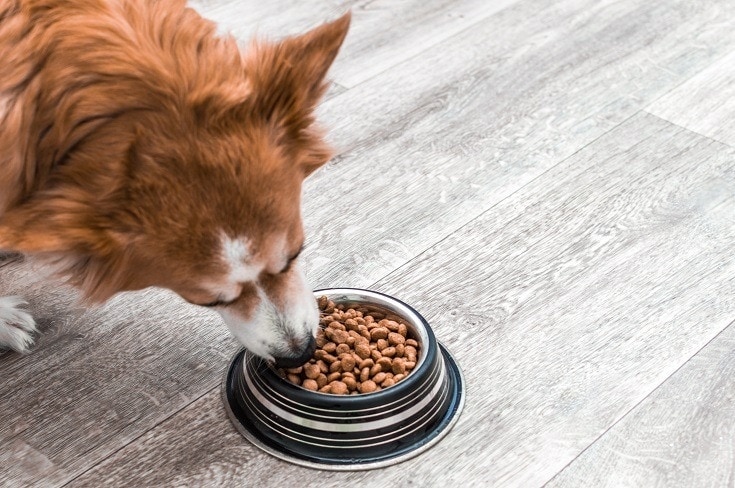
4. Switch to Wet Dog Food
Since dogs with active pancreatitis may show inappetence, vomiting, and diarrhea, dehydration is common. Because of this, intravenous fluid therapy is usually a mainstay of acute therapy.
Wet dog foods have a higher moisture content than dry dog food (kibble), which is why many veterinarians may recommend switching your dogs to low-fat wet dog food long-term. Aside from the higher moisture content, wet dog food usually has a better taste and texture, which may encourage your dog to eat even if they are feeling nausea and suffering from a lack of appetite.
5. Enhance the Food’s Smell and Taste
If you’re wondering why your dog with pancreatitis does not have an appetite, you can blame the pain and associated nausea. Not only is feeding a healthy and balanced diet suitable for the condition important, but the food should ideally have an enticing flavor and texture.
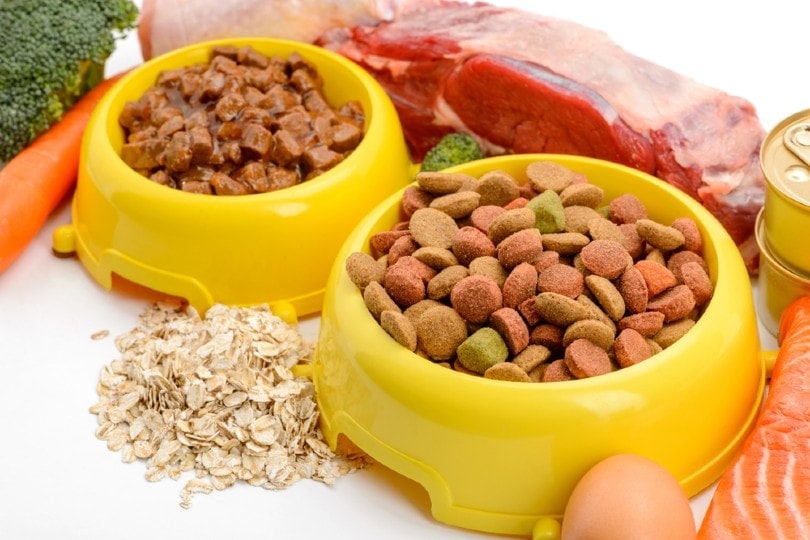
6. Feed Dogs Foods Formulated for Pancreatitis
When it comes to choosing a commercial food for dogs suffering from pancreatitis, you want to choose a recipe that has simple ingredients, low residue, low fiber, low fat, and that consists of highly digestible ingredients that will not trigger your dogs’ condition.
There are many prescription diets that you can feed to your dog that are specifically formulated for dogs with pancreatitis. These foods can range from acute pancreatitis recovery formulas to diets suitable for the management of chronic pancreatitis. Most veterinarians will prescribe these foods to dogs with pancreatitis depending on what type of ingredients your dog needs.
- Determine proper dog food portions and ideal daily intake with our helpful calorie calculator here.
Conclusion
Dogs with pancreatitis can still live a happy life if they are fed the correct diet and regularly assessed by veterinarians. It may be tricky at first to learn all the foods that a dog with this condition can and cannot eat, but once you find a diet that works best for them and doesn’t worsen their signs, then it will be easier to manage this condition in the long-term and help prevent them from eating trigger foods that may spark a flare-up.
Featured Image Credit: chendongshan, Shutterstock
